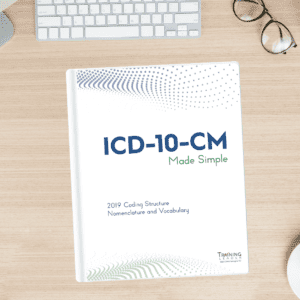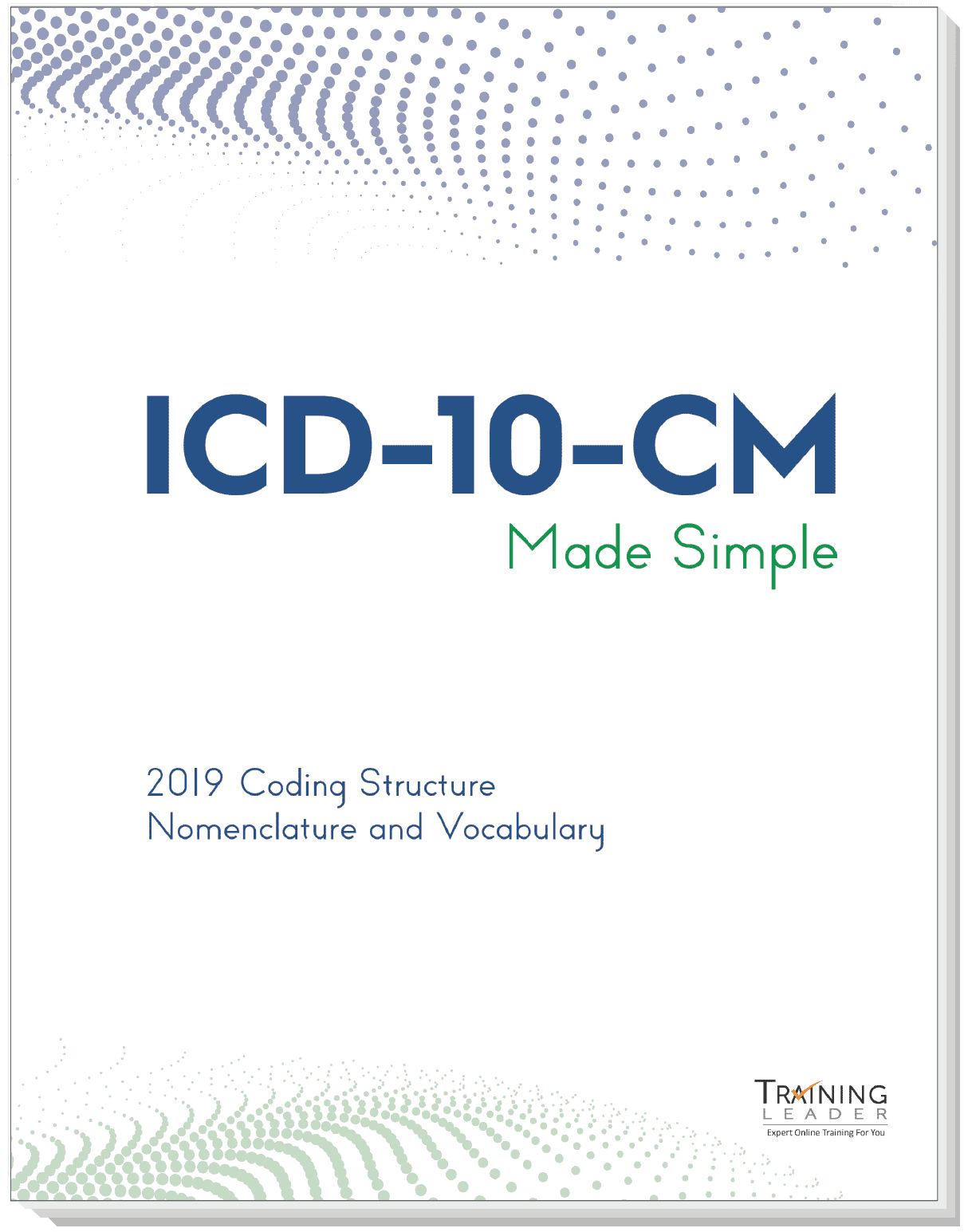
Knowing what ICD-10-CM code changes you need to focus on updating this Fall can be like finding a needle a haystack. ICD-10-CM code changes for 2020 include 324 code changes (273 new, 21 deleted, and 30 revised codes) – and you need to hone in on the ones you need to educate staff on, watch out for in your EMR, and monitor for payment processing.
Use this quick guide to spot the codes that matter to you and your practice. Remember: ICD-10-CM code changes for 2020 are effective Oct. 1, 2019.
Internal Medicine: Identify Anatomy with New Deep Tissue Injury Codes
There are 25 new site specific and contiguous sites codes for pressure-induced deep tissue damage (L89). With ICD-10-CM code changes for 2020, you can indicate the specific anatomic site such as right (L89.016) or left elbow (L89.026). Prior to the change, you coded deep tissue injuries to “pressure ulcer unstageable.”
What’s the difference? “Pressure ulcers/injuries are localized areas of tissue necrosis that typically develop when soft tissue is compressed between a bony prominence and an external surface for a long period of time,” according to WoundSource. “Deep tissue pressure injuries (DTPI) are purple or maroon areas of intact skin or blood-filled blisters caused by damage to the underlying soft tissues.” In addition, you might see documentation that indicates that the deep tissue injury deteriorate quickly even with optimal care. Geriatrics: Reduce Denials for
Phlebitis and Thrombosis with New Vein Specific Codes
With ICD-10-CM code changes for 2020, you can indicate phlebitis (I80.2) and thrombosis (I82) affecting the peroneal vein and calf muscle veins. For phlebitis and thrombophlebitis coding, watch for the specified vein and side such as phlebitis and thrombophlebitis of left peroneal vein (I80.242). Do the same for embolism and thrombosis – and also look for documentation to support acute (I82.4) or chronic (I82.5).
Cardiology: Memorize Clinical Definitions for Atrial Fibrillation Accuracy Deleted codes:
- 1 Persistent atrial fibrillation
- 2 Chronic atrial fibrillation
Added codes:
- 11 Longstanding persistent atrial fibrillation
- 19 Other persistent atrial fibrillation
- 20 Chronic atrial fibrillation, unspecified
- 21 Permanent atrial fibrillation
I48.1 and I48.2 ICD-10-CM codes for 2020 require a fifth digit to more fully define the type of persistent or chronic atrial fibrillation. For persistent, you’ll need to know if the atrial fibrillation is longstanding (I48.11) or other persistent (I48.19). For chronic, look for terms that indicate the chronic atrial fibrillation is permanent (I48.21) or unspecified (I48.21). Pin down longstanding persistent, chronic and permanent time definitions to more accurately use new atrial fibrillation codes:
- Persistent: AFib that’s continuous for more than one week but no more than 12 months
- Long-standing, persistent AFib lasts longer than 12 months.
- Permanent: AFib that’s continuous and does not respond to treatment
ICD-10-CM Code Fundamentals: Expert Report from Kim Huey
You won’t be successful with ICD-10-CM 2020 unless you have a solid handle on ICD-10-CM core concepts. So, whether you just don’t quite “get” how ICD-10 works, or you want to improve your fundamental understanding of this complex coding system, this handbook is the answer.
Expert coder and educator Kim Garner Huey, MJ, CHC, CPC, CCS-P, PCS, CPCO, gives you easy-to-understand tools you can implement right away to improve the accuracy of your diagnosis coding and speed your claims payup.
Prep for Additional 2020 ICD-10-CM Code Changes: Primary Care: Watch for new sunstroke codes
- Anticipate new heatstroke and sunstroke codes (T67.0-) to use in 2020
- Personal history of latent TB infection
Eye Care: Implement new orbital fracture and failed exam codes
- Speed payments with added specificity for fractures of the orbital roof and orbital wall (S02)
- Follow-up examination after failed vision examination
Podiatry and Neonatalogy: Beware of new congenital codes
- More accurately choose congenital foot disorders laterality (Q66) and reduce underpayments
- Easily identify new fifth character to use for the most common and severe types of Ehlers-Danlos syndrome(Q79.6)
ED: Watch for mew morbidity and poisoning codes
- Help providers more accurately use new poisoning>by multiple drugs codes
- Code injuries more precisely, know when to use new external causes of morbidity codes (Y35)
Hospital Coders:
- Be more prepared to apply nearly 1,500 CC/MCC designation changes for ICD-10-CM codes
Oncology:
- Personal history of in-situ neoplasms (Z86)
Commonly Purchased ICD-10-CM Online Trainings and Resources
-
 2020 ICD-10-CM Codes Update$247.00 – $257.00
2020 ICD-10-CM Codes Update$247.00 – $257.00 -
 ICD-10 Coding: Decipher History vs. Active Condition Codes$277.00 – $917.00
ICD-10 Coding: Decipher History vs. Active Condition Codes$277.00 – $917.00 -
 ICD-10-CM Made Simple: Coding Structure, Nomenclature and Vocabulary$197.00 – $917.00
ICD-10-CM Made Simple: Coding Structure, Nomenclature and Vocabulary$197.00 – $917.00

